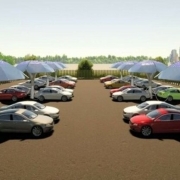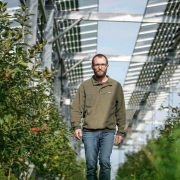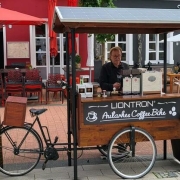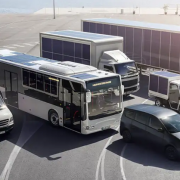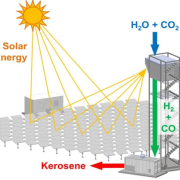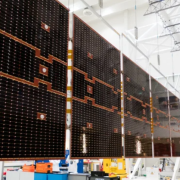UK-based SolarBotanic Trees has launched its new photovoltaic (PV) 3D leaf-shaped nano-technology “solar tree” to harness solar energy for charging and energy storage, the company said in a press statement.
This first-generation energy tree aims at the electric vehicle charging market for residential and commercial car parks, where solar power can be captured and stored for charging points, the statement said.
It said the solar tree encompasses a sophisticated AI-driven energy storage and power management system, where trees can be linked and form part of a local grid, or feed into the main grid, adding that the first tree will become available in early 2023.
Click here to read the full article
Source: ZAWYA
—
If you have any questions or thoughts about the topic, feel free to contact us here or leave a comment below.

